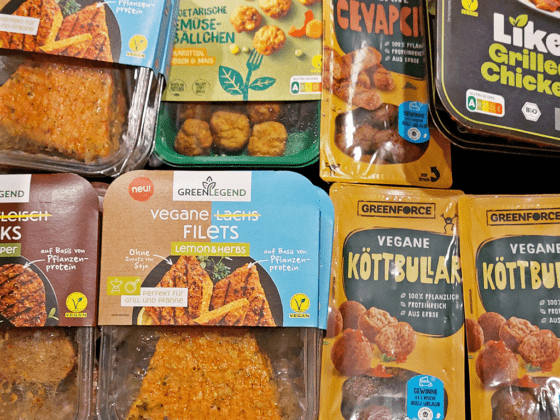Alarming research findings
Today, scientists all around the world are researching how microplastics affect our lives. Unfortunately, it has long been a certainty that we ingest plastic particles every day when we eat and drink. With fish and shellfish, salt, or water from plastic bottles, the particles are smuggled into the body. Now, in several studies, researchers have shown that plastic can also accumulate in fruit and vegetables.
Plastic ingestion. In a Chinese-Dutch research project, it was proven that plants “drink” the plastic particles with the water and absorb them through the root system. Root vegetables such as radishes, beets, and carrots are affected most. Microplastics have also been shown to penetrate the roots of lettuce and wheat and are transported to the edible aerial parts of the plant
An Italian scientist from the University of Catania found that carrots were the most affected vegetable, and apples the most contaminated fruit.
Food chain. How much plastic there is in the soil and in vegetables is still largely unexplored. Commissioned by the WWF, scientists from Newcastle University in Australia estimated that people eat up to five grams of plastic per week – about the weight of a credit card! The calculation did not even include fish, fruit and vegetables.
For years, biology professor Matthias Rillig from the Free University of Berlin has been investigating the effects of micro- and nanoplastic particles in the soil. In his projects, he showed that earthworms and other soil dwellers take up microplastics. The plastic particles enter the food cycle via birds that eat worms and insects. If farm animals eat plants with plastic parts, the particles could even be present in milk and meat.
Plastic age. Earthworms have been proven to carry nanoplastics into deeper and deeper soil layers. According to experts, the particles remain there for hundreds of millions of years! Scientists suspect that later generations will use soil and rock samples to make statements about the current “plastic era” – and hopefully recognize a turning point.
 English
English Deutsch
Deutsch




